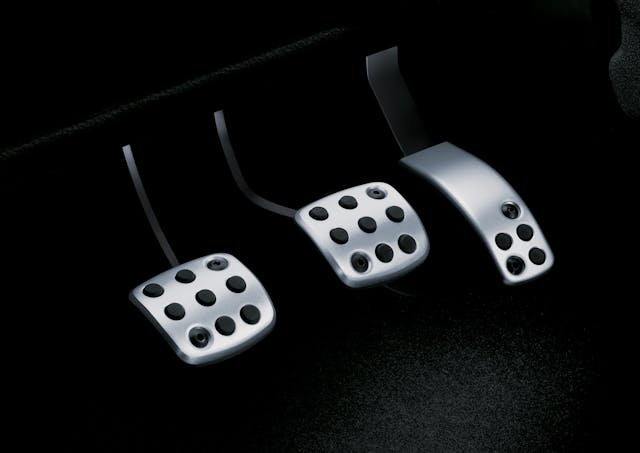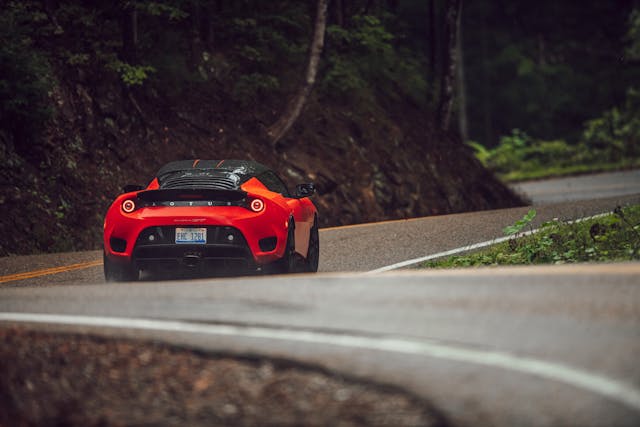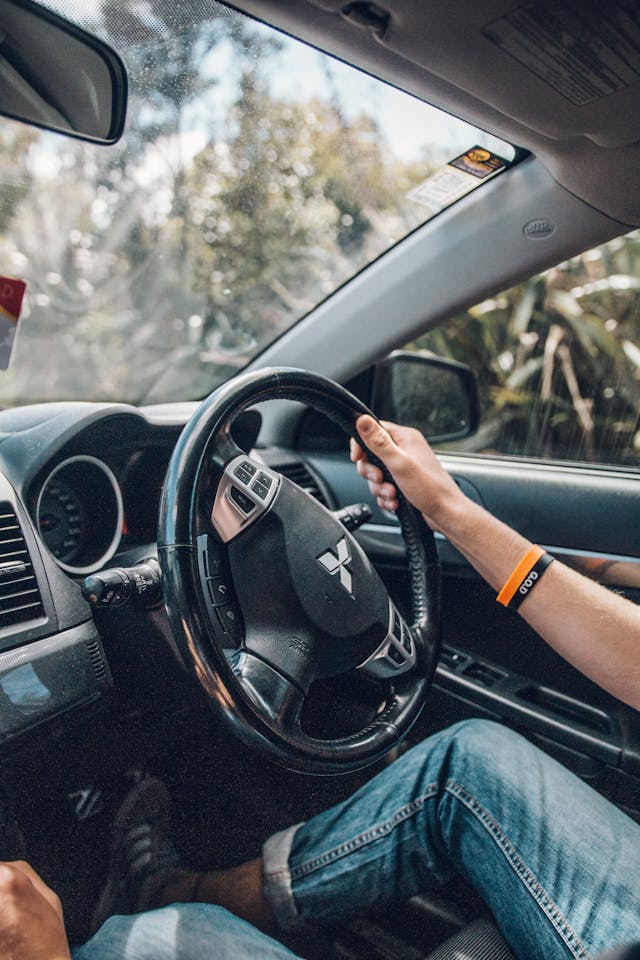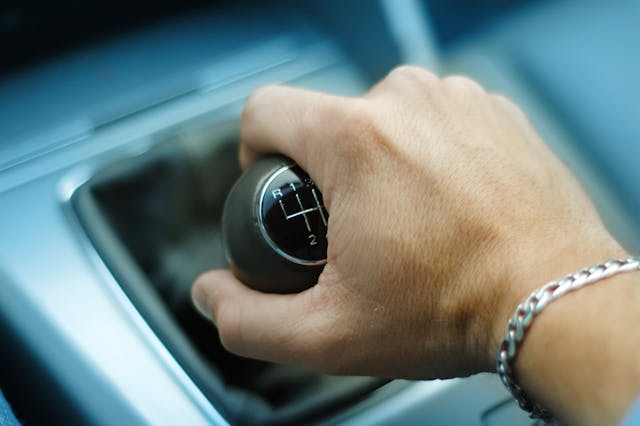Recovering the lost art of heel-and-toe

While manual transmissions are slowly fading from new-car option lists, the enthusiast community continues to grow, and drivers who are new to row-your-own gearboxes discover the more engaged driving experience offered by three-pedal cars. Inevitably, they’ll also learn about the esoteric art of heel-and-toe.
Ever since I started my YouTube channel many moons ago, I’ve wanted to share my knowledge about the heel-and-toe technique. To this day, I still haven’t seen a comprehensive guide on the subject and what I have seen has been misleading or narrow in its scope.
A year ago, I took the opportunity to crystallize the idea in order to give drivers who may be new to the technique a methodology by which to learn this skill. In the process, I hoped to demystify the concept. Breaking down the technique also provided a great excuse to revisit the Hyundai Veloster N, which is purely selfish on my part because it’s one of my favourite modern hot hatches—I’ll take any excuse I can for more wheel time.

One year later, I’ve had many conversations with my racing and performance driving colleagues on the subject, so we’re diving deeper into the technique to help you perfect the heel-and-toe downshift.
Before we get into this lesson, a word, please. It’s your responsibility to understand the techniques and to practice them safely. If there is anything unclear to you, please reach out with any questions. If you decide to use this guide and have a grasp of the technique, as well as a little mechanical sympathy, your car will experience only minimal wear.

Furthermore, the methods described here assume you’re seated behind the wheel effectively. If not, you can use my seating position in the video at the end of this article as a guide. Note that I’m seated close enough to the steering wheel that my shoulders don’t leave the seatback when I’m turning the wheel; my elbow and wrists are bent, as are my knees and ankles. The lesson here also assumes that you can already operate a manual transmission with reasonable proficiency.
Many modern road cars have widened pedal boxes so that drivers won’t mistake one pedal for another. What that means to us, however, is that those fashionable, narrow driving shoes you’ve been envying may not be suitable for heel and toe. In those rare circumstances in which a car’s brake and throttle pedals are fixed close to one another, go with the fancy racing booties—but with the majority of cars, you’ll benefit from a shoe with a wider sole that still offers good pedal feel. I tend to wear skate shoes for driving because I’m still dumb enough to ride BMX bikes like Jack Baruth.

Heel-and-toe, as described in this column, works well with modern, synchromesh manual gearboxes and is otherwise independent of the type of driveline. Whether you’ve got front-, rear-, or even all-wheel drive, the approach remains the same.
Colloquially, we refer to heel-and-toe as a down-shifting technique, but that’s a misnomer. It’s actually a braking technique and, when executed properly, you’ve braked perfectly while approaching a corner, shifted to a lower gear for optimal acceleration upon exiting the turn, all while maintaining your car’s balance.

Even “heel-and-toe” is a misnomer. When the technique was first conceived, drivers had to use both the heel and the toe of their shoe in order to manipulate the brake and throttle pedals. However, nearly all cars manufactured in the last five decades have brake and throttle pedals placed close enough together that the technique is properly called BALL OF YOUR FOOT AND SIDE OF YOUR FOOT, as you’ll see.
Even though this a racing technique, I use heel-and-toe in my daily driving as a matter of habit and, when you’ve mastered it, the process enhances your driving experience. To be fair, I was initially taught the heel-and-toe at racing school decades ago, but it didn’t become second nature until I started racing. I immediately discovered that the rapid shifting pattern was necessary to improve my pace, which forced me to learn the method quickly.
In brief, it’s a six-step process:
1. Begin braking.
2. Push the clutch in.
3. Downshift.
4. Blip the throttle.
5. Release the clutch.
6. Release the brake.
As the driver, it’s your objective to perform these six steps in rapid-fire fashion. After reading the list, heel-and-toe may sound simple, but execution is another matter altogether, so we’ll explore each step in more detail. Your goal is to perform the downshift in the middle of your braking zone—start braking, perform the heel-and-toe downshift, and complete braking.

With braking, the most important consideration is that you’ve placed the ball of your right foot on the right side of the brake pedal, so that, with a quick twist of your ankle, you can rotate the right side of your foot to reach the throttle pedal. You must also be applying enough input on the brake pedal to actively decelerate the car—weight transfer to the front tires is natural here. Clutching in is simple, and it’s the same action to which you’re accustomed for both up- and downshifts. Similarly, shifting to a lower gear is performed in your usual manner.

The magic happens when you blip the throttle and release the clutch at the precise moment to avoid upsetting the balance of the car while you’re braking. Blipping the throttle and releasing the clutch are performed almost simultaneously; mastering the timing will take some time.
The biggest challenge a driver faces is rolling their ankle towards the gas pedal, while braking, in order to quickly stab the throttle. Since everyone likes a good hack these days, I’ve got one for you: Practice that quick stab of the throttle while your car is standing still. With the shifter in neutral and the parking brake on, apply some brake pressure and quickly roll the right side of your foot to the throttle pedal.
Watch the tachometer and practice that motion until you can consistently hold your right foot on the brake, roll your foot quickly to the throttle, and provoke a 2000 rpm increase in engine speed. If your engine idles at 1000 rpm, shoot for a stab of the throttle that pushes engine speed up to 3000 rpm. Practice does make perfect and the movement you’re creating will be the same motion you’ll use on the road or on the racetrack.
Timing the release of the clutch is key: You want the clutch to engage while engine revs are dropping, ensuring smooth engagement of the driveline to avoid that herky-jerky motion we all experience while learning to drive a manual. Once you’ve released the clutch, smoothly release the brake pedal, and you’re ready to accelerate in that lower gear.

It’s at this point at any given performance driving school that I’d leave students to their own devices to begin sorting out the process on their own. Since you won’t have an instructor with you, I’ve got another hack that will accelerate your learning process.
My old racing and instructing pal, Jamie Ford, suggested a simplified practice technique before putting all six steps together. After you’ve learned how to stab the throttle to achieve that 2000-rpm jump in engine speed while parked, take it to the open road.

You’re not going to worry about shift action at this point. Simply continue to work on the action of brake application and the jab of the gas pedal on the open road. For example, find a road with a moderately high speed limit, shift to neutral, put your left foot out of play on the dead pedal, and, while braking to a stop sign or a red light, practice blipping the throttle all the way to a stop.
As this becomes easier, gradually delay your braking so that you’re forced to increase brake-pedal pressure, select neutral, and brake while stabbing your gas pedal. This will simulate the feeling of braking combined with the appropriate blipping of the throttle.
Once you’re comfortable with moderate braking and stabbing the throttle, begin to assemble the steps into one rapid movement:
1. Begin braking.
2. Push the clutch in.
3. Downshift.
4. Blip the throttle.
5. Release the clutch.
6. Release the brake.
As you can see in the accompanying video, all six steps happen in the blink of an eye when executed correctly.
The two most common mistakes are mistiming the clutch release and placing your right foot on the wrong spot on the brake pedal. Don’t be discouraged. Remember that this is an unusual and perhaps unnatural technique to learn, but once you’ve learned this skill, it’s very rewarding.
I sincerely hope this brief guide helps you in your driving journey and this new skill gives you the same satisfaction as it’s given me.

